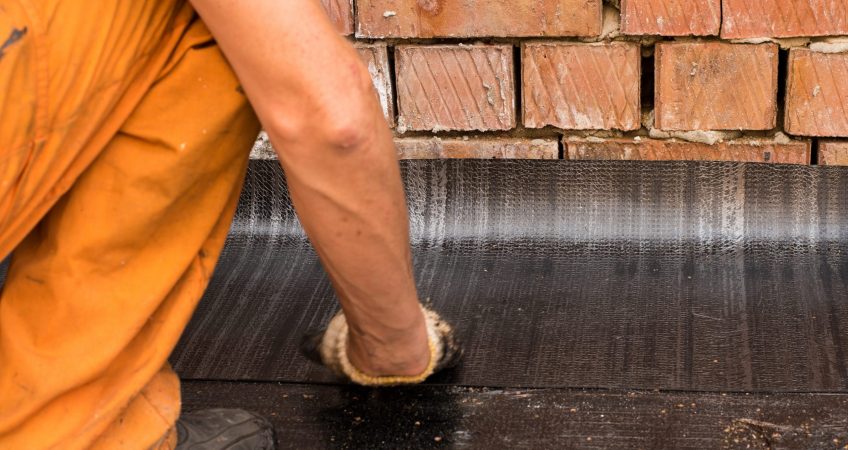If the Roofing in Valley Glen system is sloped, you can use an exposed-nail approach. For a somewhat sloped Roofing in Valley Glen system, try the concealed nail technique displayed in this post for much better security versus condensation and leaking if bare wood sheathing or guide paint has actually been used as your surface area product. If it’s flat or nearly flat on top of your house, then opt to choose double protection instead – though torch down modified bitumen (like GAF) or EPDM roofs are always more suitable options when possible!
How To Set Up Present Roofing in Valley Glen
Install drip-edge flashings on the edges of your roof. These will help with water overflow and are commonly seen at each corner or every 8 feet (2 meters). Once they’re installed, you can utilize a roll 18 inches wide to twist around valley flashing, located in between two eaves that cross over one another. Start by cutting it so its width corresponds precisely to where metal valley flashing would go if needed; then set it into bedding product like Roofing in Valley Glen cement prior to raveling any creases and nailing near the edge for extra security!
Position the first course, so it overhangs the drip edges by about 1/4 inch and rolls, driving nails every 3 inches along with the rake at one end. Pull tight, then nail to the eave edge of the Roofing in Valley Glen system every 1-inch from sides for additional defense.
The next sheet ought to overlap the first by 4 inches or with some roll Roofing in Valley Glen, enough to cover the bare area of mineral emerging. Snap a chalk line indicating where you want it put, and then drive nails in for the very first one prior to presenting along your line.
It is vital to plan to keep the distance between butt joints at a minimum of two feet. To do this, expanded Roofing in Valley Glen cement on one end and then embed the next sheet in it.
To make sure your pipes vents are sealed up tight, take a piece of Roofing in Valley Glen and cut it in half. Fit one side around the pipeline with at least 4 inches overlapping on the bottom course so that there is no chance for water to enter when you pour cement over whatever. Put some more plaster between both halves before putting cement into them, in addition to flashing or boots to keep moisture out of below during rainstorms.
To create a valley, initially, work from one side of the Roofing in Valley Glen past midway to the center and after that overlap onto the opposite. Measure 12 inches away from the center and use 4-inch large bedding cement, which will be connected at this moment by nails on either end.
Lastly, you can overlap the sheets at the ridge using Roofing in Valley Glen cement and nails. Nevertheless, if your last piece does not boil down 8 inches past the peak, then conceal that area with a 16-inch broad strip embedded in cement!
Required a brand-new Roofing in Valley Glen system set up to make your place more protected? We can offer you with the best materials in the area.
Are you requiring some help with setting up that shiny, brand-new rolled Roofing in Valley Glen system for your office or home? Let us understand, and we’ll have the job done quickly!

